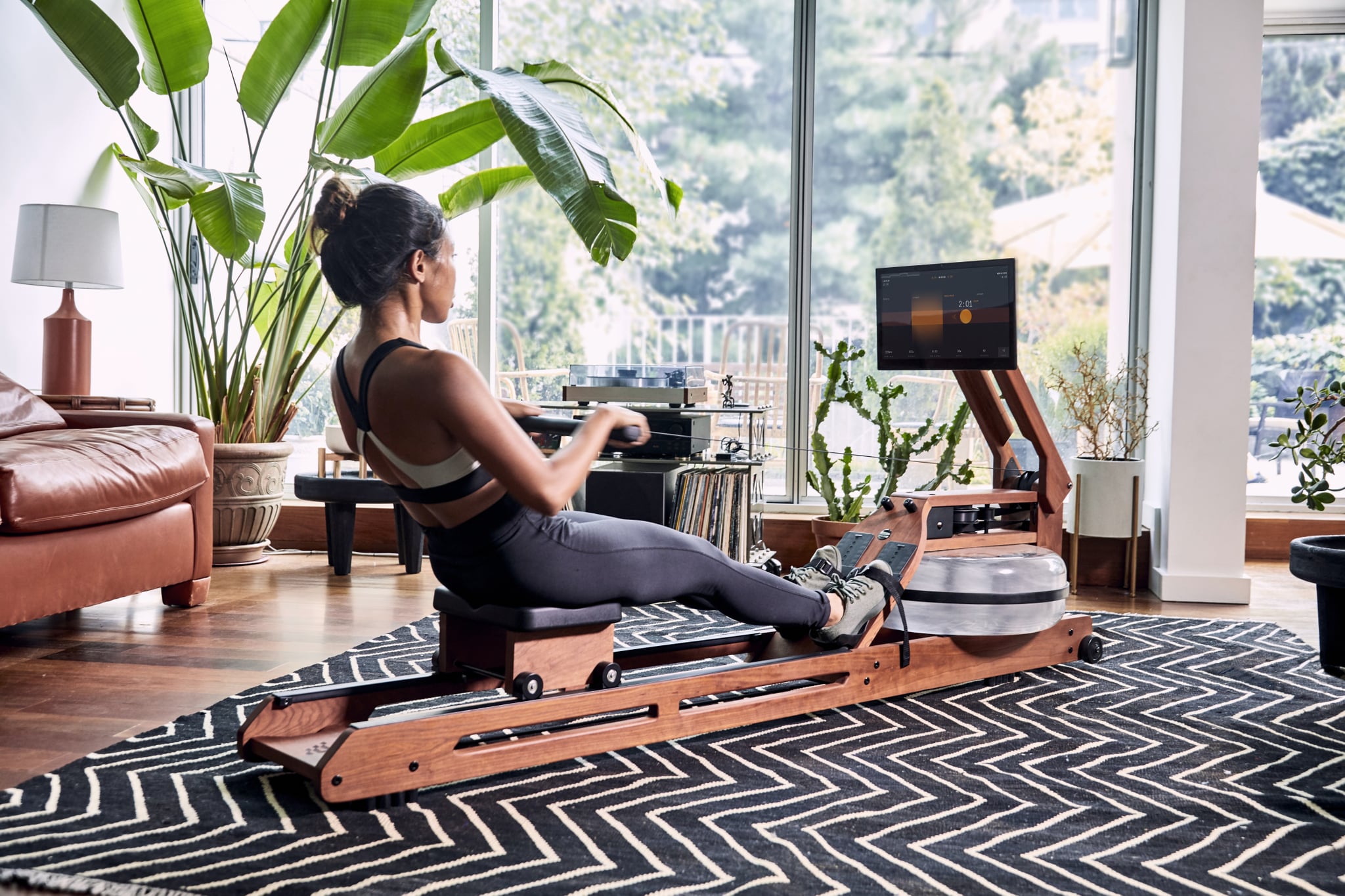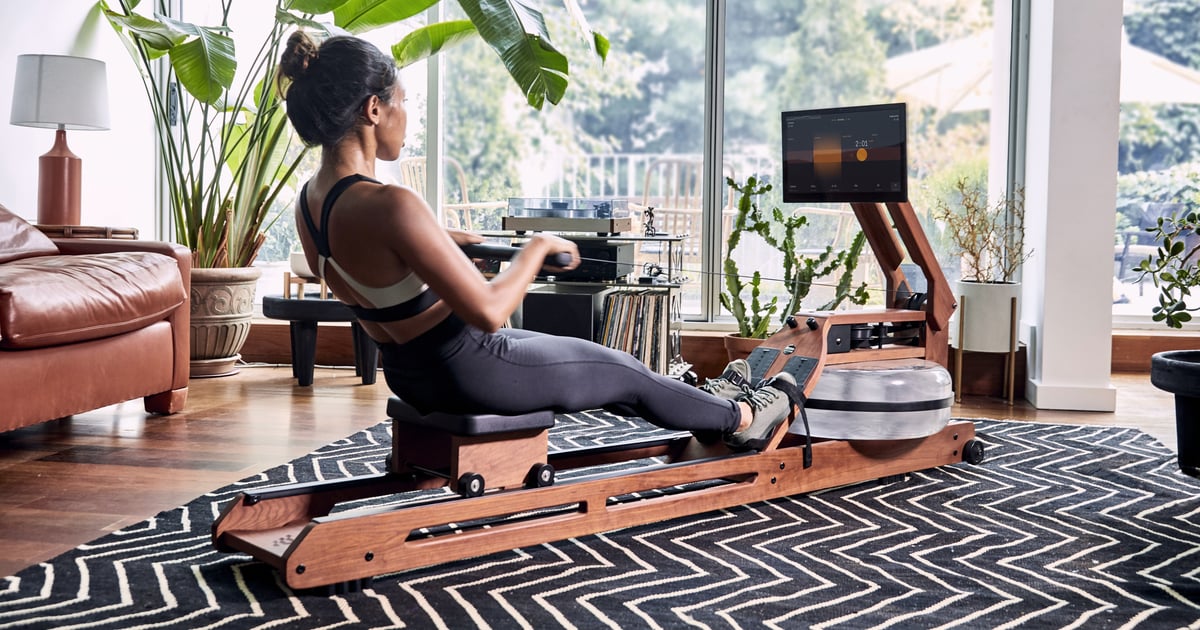
As a fitness editor, I’ve tried every workout you can imagine. With each one, I’ve noticed that having someone present to hold me accountable (whether virtually or in person) plays a huge part in whether or not I actually end up completing my workout. Taking group classes or working with a personal trainer helps keep my head in the game; otherwise, I tend to lose my motivation.
And then I tried FitXR, a virtual-reality fitness studio within the metaverse. I realized that interactive-gaming workouts — which use avatars, scoreboards, and targets, just like video games — are just as motivating as a coach yelling at me to keep going.
Growing up, I spent hours each day playing video games; “SpongeBob SquarePants: Revenge of the Flying Dutchman,” “Guitar Hero,” and Britney Spears’s “Britney’s Dance Beat” were some of my favorites. As a teen, I got what I now realize was my first introduction to gamified fitness: Wii Sports. Playing tennis, boxing, and bowling with my parents never felt like a workout, even while I worked up a sweat — I was just playing a game. I’ve rediscovered that joy with new interactive-fitness games like those on FitXR, the Ergatta rower, and Peloton.
With all of these new gamified ways to work out, it’s clear that interactive fitness isn’t just a short-lived trend — it’s a workout tool that’s here to stay. Not everyone can or wants to join a group class for a workout, and personal training sessions can really add up. Others struggle with getting motivated to move at all. But many people love playing video games — myself included — and many of the elements that keep people playing their favorite games are what make gamified fitness so fun and effective, according to industry pros and research. Here’s why it works.
The Science of Gamified Fitness
There aren’t yet many studies on gamified fitness, but so far, they reach similar conclusions: combining the enticing elements of video games with exercise increases motivation to work out. The drive to explore new levels, pursue specific goals, and beat personal records keeps people playing — and, when it’s a workout, moving. For example, in 2016, a study on “exergaming” (exercise and interactive gaming) found that children aged 6 to 12 years old who were typically sedentary wanted to exercise regularly when it resembled the video games they enjoyed playing at home. Allowing kids to play interactive games instead of just asking them to exercise made them want to move their bodies more often.
Similarly, a 2020 study on gamified workouts found that older adults “were inspired by in-app progress reports” and did outdoor activities to increase their level of physical activity. Additionally, the study found that tailoring a game to a participant’s “current health conditions and prevalent barriers” made it easier for them to find the motivation to exercise consistently.
Fitness Experts on the Future of Gamified Workouts
Ergatta’s selection of rowing-based games, which have been available on the connected rower since its launch, and the more recent release of Peloton’s ‘Lanebreak’ (a game where members pedal to the beat of a song to earn points), sparked my curiosity: what do these big players in the fitness space see in gamified fitness?
For one, it’s projected to be a huge area of growth for the industry. A report by Technavio found that the interactive-fitness market is expected to grow by $5.44 billion between 2020 and 2024, as reported by Business Wire.
“We believe that combining cardio equipment with digital content and bringing that into the home is highly conducive to people creating habit-forming fitness routines,” Tom Aulet, cofounder and CEO of Ergatta, says. “What it amounted to was a game-based content experience that uses the tools of gaming to structure the workout, entertain, and motivate you, and then get you back on the rower on a daily or weekly basis.”
“Some folks will always prefer being led by an instructor, others like zoning out and taking a virtual ride through Hawaii, while some love the thrill of a game or competition.”
Peloton’s inspiration to incorporate gamified fitness came from the platform’s preexisting interactive components, according to Jim Green, the company’s senior product manager. “Years before ‘Lanebreak,’ we’ve been including gamified elements like our leaderboard, our achievement badges, the real-time interactive metrics from device sensors,” Green says. “But ‘Lanebreak’ is definitely the most directly gaming-inspired experience we’ve developed.” Ultimately, Peloton wanted to offer another way for customers to interact with the brand. “Gaming certainly plays a part in home fitness, but the reality is that different experiences will be motivating to different people. Some folks will always prefer being led by an instructor, others like zoning out and taking a virtual ride through Hawaii, while some love the thrill of a game or competition.”
Where Will Fitness Gaming Go From Here?
Now that there are so many different ways to work out from home, the future of connected fitness lies in the hands of the customer. “As with everything we do, we look to members for inspiration and insights and cannot wait to hear what the community has to say,” Green says.
Considering my own personal experience, the scientific studies, and insight from industry leaders, all signs point to gaming becoming an important part of connected fitness going forward. As both Aulet and Green note, bringing games to connected devices provides an additional way for people to enjoy their workouts — which, really, is the ultimate goal.
Image Source: Courtesy of Ergatta
